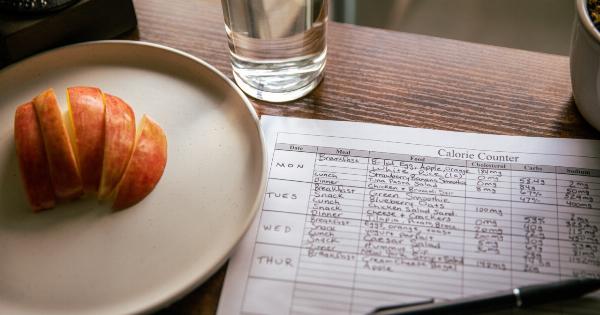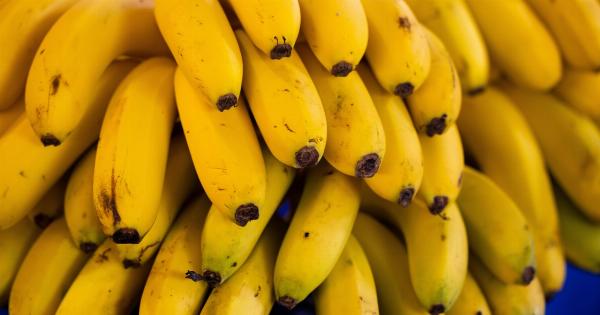Potassium is an essential mineral that plays a vital role in numerous bodily functions. It helps regulate fluid balance, maintain proper nerve and muscle function, and supports a healthy heart.
Despite its importance, many people do not consume enough potassium in their diets, which can lead to various health issues. In this article, we will explore the signs and symptoms that indicate a potassium deficiency and discuss some dietary sources of potassium.
Signs and Symptoms of Potassium Deficiency
1. Muscle cramps and spasms: One of the most common signs of low potassium levels is muscle cramps and spasms. Potassium is necessary for proper muscle contraction, and when levels are low, muscles can become twitchy and excessively sensitive.
2. Fatigue and weakness: Potassium is involved in energy production, and a deficiency can lead to feelings of fatigue and weakness. If you often feel tired despite getting enough sleep and rest, your potassium levels may be low.
3. Heart palpitations: The heart depends on potassium to maintain a regular rhythm. When potassium levels are inadequate, you may experience irregular heartbeats or palpitations.
If you have any concerns about your heart health, it is essential to consult with a healthcare professional.
4. High blood pressure: Potassium helps relax blood vessel walls, promoting healthy blood pressure levels. When potassium levels are low, blood vessels can constrict, leading to increased blood pressure.
Monitoring your blood pressure regularly can help indicate if you need more potassium.
5. Constipation: Potassium helps stimulate muscle contractions in the digestive system, facilitating regular bowel movements. Low potassium levels can result in slower digestion, leading to constipation.
If you frequently experience difficulty passing stools, it may be a sign of potassium deficiency.
Causes of Potassium Deficiency
1. Inadequate dietary intake: One of the primary reasons for potassium deficiency is not consuming enough potassium-rich foods. The recommended daily intake of potassium for adults is around 2,500 to 3,000 milligrams.
Foods such as bananas, avocados, spinach, and sweet potatoes are excellent sources of potassium.
2. Increased potassium loss: Certain medical conditions or medications can cause excessive potassium loss through urine or the digestive system. Conditions like chronic kidney disease or the use of diuretics can deplete potassium levels in the body.
3. Sweating: When we sweat, we lose both water and electrolytes, including potassium. People who do intense physical activities or live in hot climates may need to replenish their potassium levels more frequently to compensate for the losses.
Increasing Potassium Intake
If you suspect you have low potassium levels or have been diagnosed with a deficiency, here are some ways to increase your intake:.
1. Eat potassium-rich foods: Incorporate more potassium-rich foods into your diet, such as bananas, oranges, tomatoes, spinach, sweet potatoes, and yogurt. Aim to consume at least five servings of fruits and vegetables daily.
2. Consider potassium supplements: If you are unable to meet your potassium needs through diet alone, your healthcare provider may recommend potassium supplements.
However, it is essential to consult with a professional before starting any new supplements.
3. Stay hydrated: Proper hydration can help maintain electrolyte balance, including potassium. Drink an adequate amount of water daily, especially if you engage in strenuous physical activities.
4. Limit processed foods: Many processed foods are high in sodium and low in potassium. Opt for whole, unprocessed foods that naturally contain higher potassium levels.
When to Seek Medical Attention
If you experience severe symptoms like muscle weakness, irregular heart rhythm, or persistent high blood pressure, it is crucial to seek medical attention immediately.
A doctor can diagnose potassium deficiency through a blood test and provide appropriate treatment options based on your condition.
Conclusion
Potassium is a vital nutrient that supports various essential functions in the body. Low potassium levels can lead to muscle cramps, fatigue, heart palpitations, high blood pressure, and constipation.
To maintain optimal potassium levels, it is essential to consume a balanced diet rich in potassium-rich foods. If you suspect a potassium deficiency, consult with a healthcare professional to determine the best course of action.




























